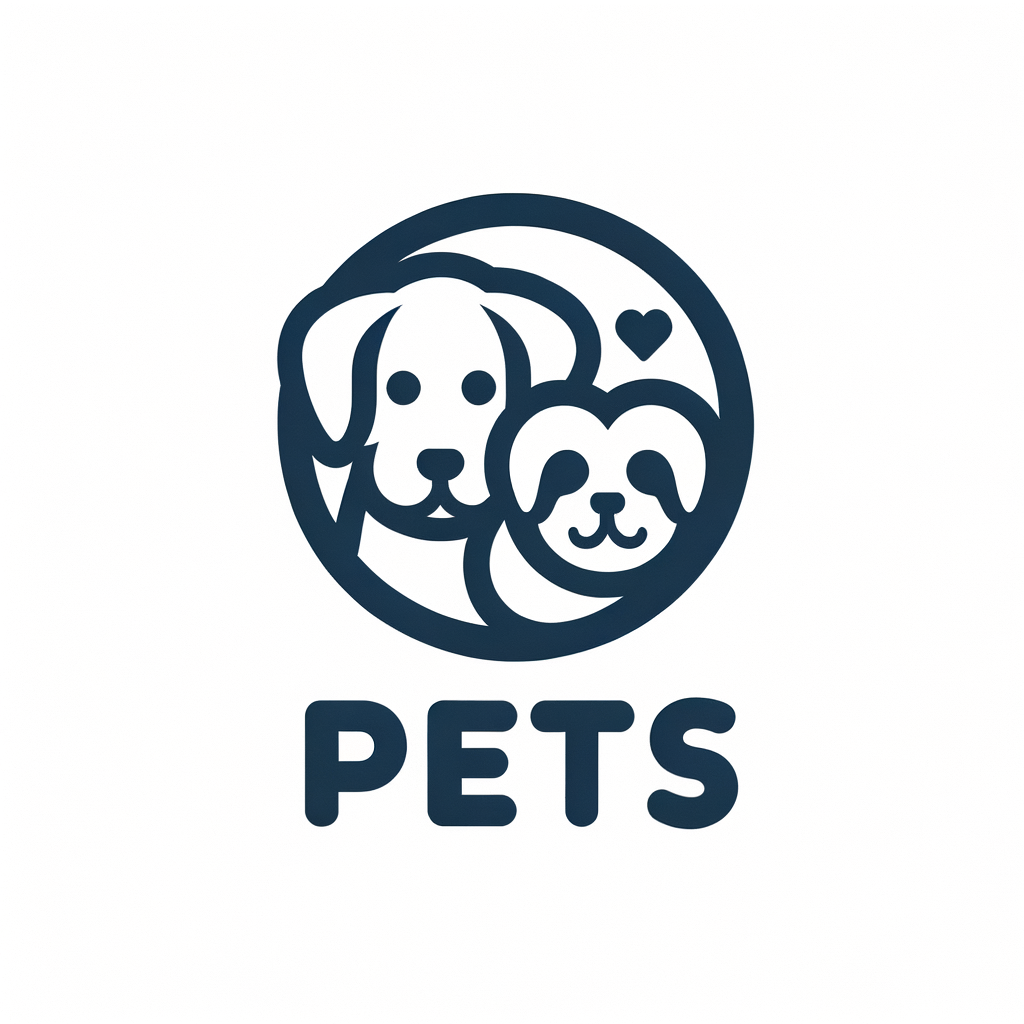Tail Tales
The Furry Chronicles: Understanding Your Pet's Tail Tales
Greetings, pet parents! Welcome to our latest installment, where we dive into the fascinating world of our furry friends and their 'Tail Tales'. If you've ever wondered what your pet is trying to communicate through the wagging, swishing, or puffing of their tail, you are in the right place. Let's decode these unique behaviors and understand our pets even better.
1. The Talkative Canine Tail:
The tail of your dog is a barometer of their emotions. A rapidly wagging tail often indicates excitement, joy and a positive mood. However, don't be fooled. A stiff tail wagging at high speed could mean your pup feels threatened and is on high alert. A low, tucked tail is a sign of fear or submission. So, next time, pay close attention to your dog's tail as it can tell you more about their feelings than you think!
2. Feline Tails and Their Tales:
Cats, unlike dogs, are more elusive when it comes to their tails. If your cat's tail is puffed up, they are scared or agitated. A tail held high signifies a content and confident cat, while a twitching or thrashing tail is a sure sign of their annoyance or excitement. Understanding these subtle cues can enhance your bond with your feline friend.
3. Exotic Pet Tails:
When it comes to reptiles like geckos or
Tail Tales: Understanding Your Pet's Silent Language
Welcome to our blog post titled 'Tail Tales: Understanding Your Pet's Silent Language'. In this post, we'll take a closer look at the fascinating world of pet communication, specifically focusing on the tales their tails tell us.
Animals use a variety of ways to communicate, and one of the most expressive body parts they use is their tail. It's not just an appendage, but a voiceless speaker that tells a tale of emotions and intentions. So, let's dive into our pets' tail tales and learn how to interpret them better.
1. Dogs:
Perhaps the most expressive of all our pets, a dog's tail can provide a wealth of information. A wagging tail is usually associated with happiness, but that's not always the case. The speed and direction of the wag can mean different things.
A slow wag with the tail at half-mast can indicate that your dog is unsure or slightly worried. A fast wag with the tail held high signals excitement or agitation, while a low wag often suggests fear or submission.
2. Cats:
Cats' tails are equally expressive. A straight up tail is a sign of happiness and friendliness, while a puffed up tail indicates fear or aggression. A tail tucked beneath the body signifies submission or nervousness. An upright tail with a slight curve at the end, often called the 'question mark' tail, suggests that the cat is in a playful
